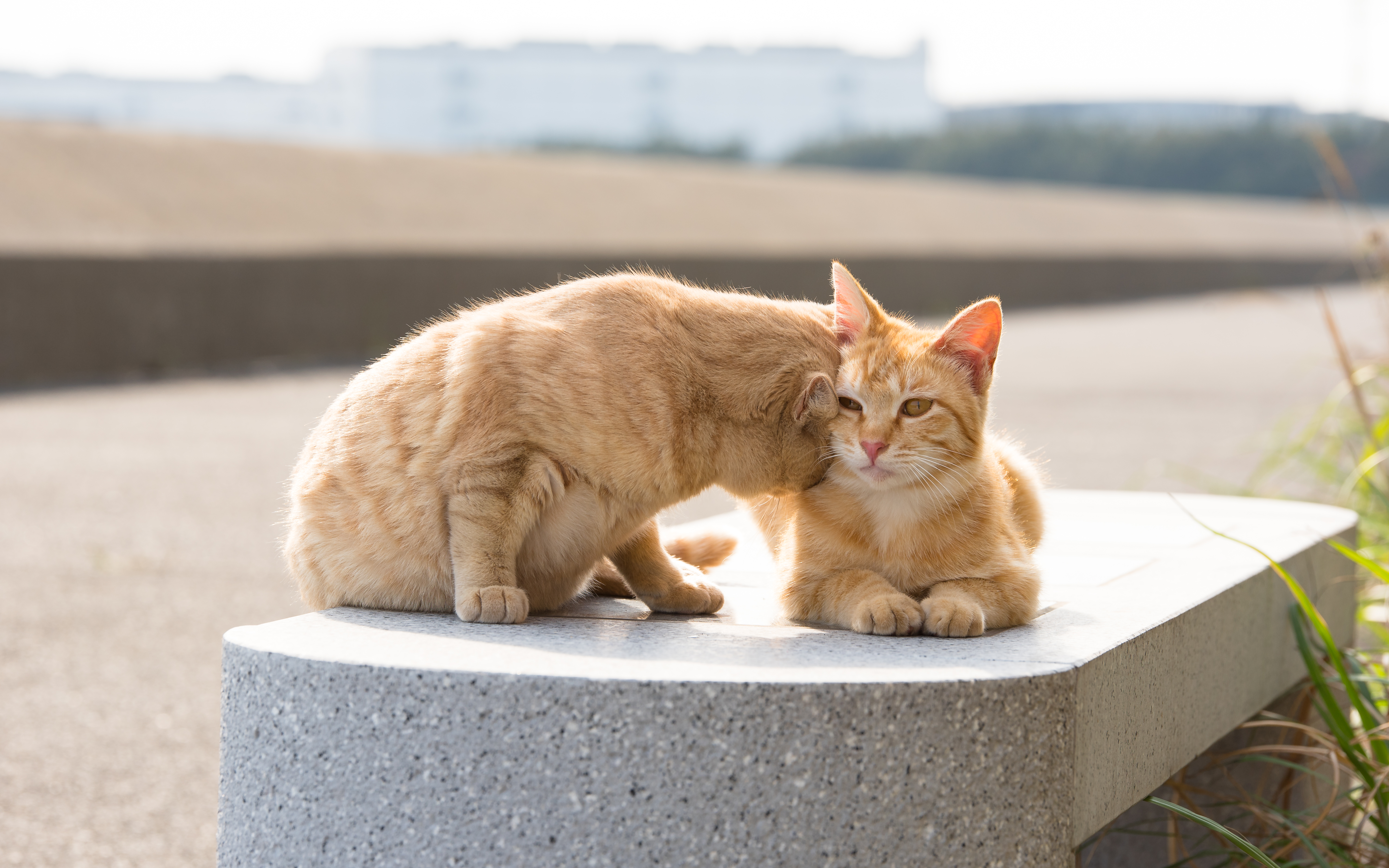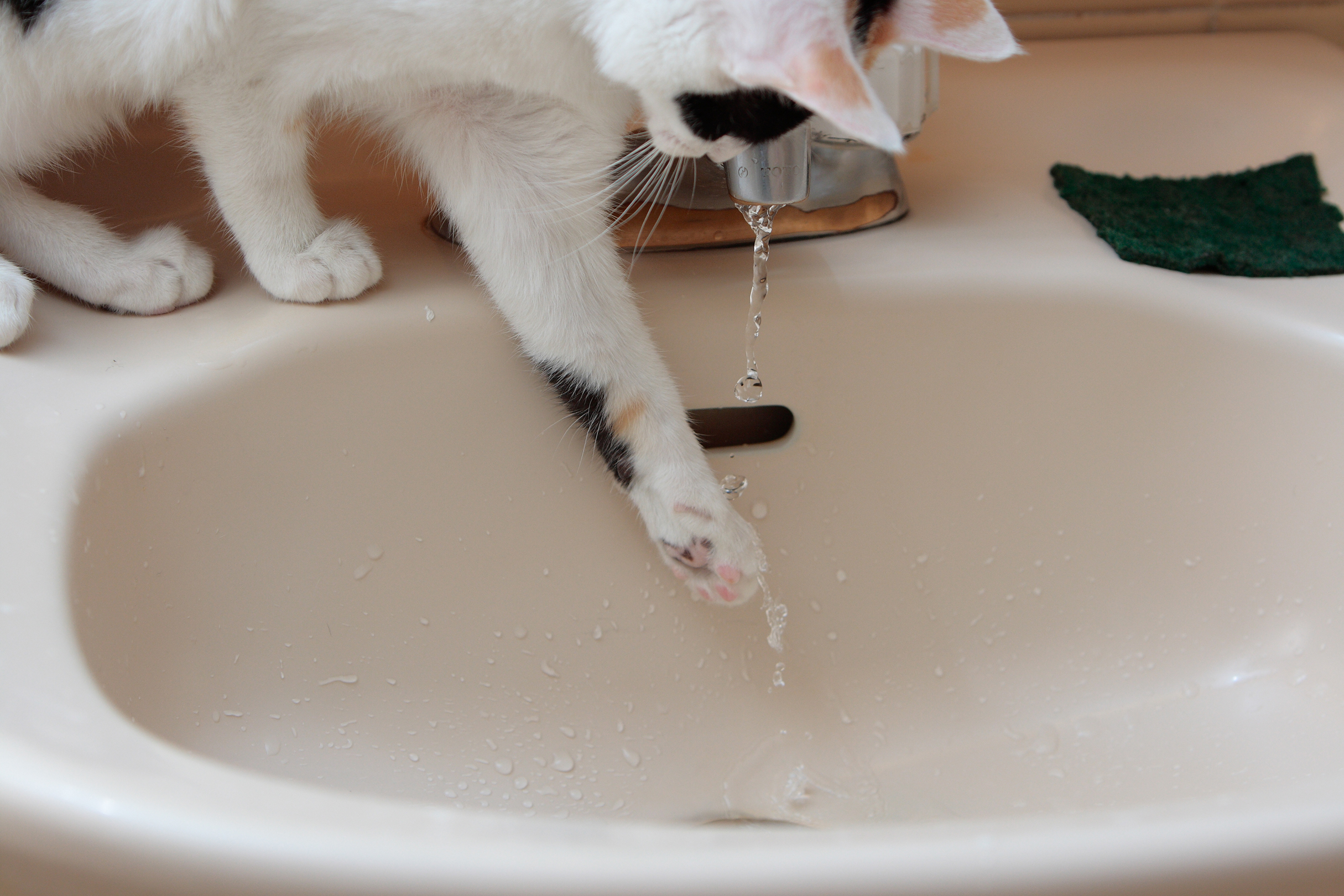15 Weird Things Cats Do That Leave Their Owners Scratching Their Heads
Cats have long been revered and mystified by humans, from ancient Egyptian deities to viral internet sensations. These enigmatic creatures have a unique charm that captivates millions. However, their behaviors often leave their human companions scratching their heads. Why do cats knead with their paws, or bring their owners "gifts" of small prey? This article aims to delve into these peculiar behaviors, exploring the fascinating world of feline psychology and instinct. By understanding these behaviors, cat owners can forge a deeper bond with their furry friends, appreciating the complexities that make each cat unique.
1. Kneading with Paws

One of the most endearing yet puzzling behaviors observed in cats is kneading. This rhythmic pushing of their paws against soft surfaces is reminiscent of a baker kneading dough. While it may seem random, kneading is a behavior rooted in kittenhood. Kittens knead their mother's belly to stimulate milk flow, a comforting action that often carries into adulthood. Adult cats knead when they are feeling content and safe, often accompanied by purring. It's a sign of affection and trust, a moment when your cat is at their most relaxed. Understanding kneading would help you provide a safe and comforting environment for your pets.
2. Head-butting or "Bunting"

Another behavior that baffles cat owners is the head-butt, or "bunting." This seemingly aggressive action is actually a form of affection. Cats have scent glands located around their face, and by head-butting, they are marking you with their scent, essentially claiming you as part of their territory. This is a significant sign of trust and acceptance, as cats are territorial animals. When your feline companion head-butts you, they are expressing that you are part of their inner circle. Recognizing this behavior as a form of feline affection can enhance the bond between you and your cat.
3. Zoomies

Many cat owners are familiar with the sudden burst of energy their cats experience, often in the middle of the night. These "zoomies" can be perplexing, particularly when you're trying to sleep. This behavior, however, is a manifestation of a cat's natural hunting instincts. In the wild, cats are 'crepuscular', meaning they are most active during dawn and dusk when their prey is also active. Indoor cats may not have the same hunting opportunities, so they release their pent-up energy through these sporadic bursts of activity. It might help to provide interactive playtime to manage this behavior in your cat.
4. "Gift-Giving" of Prey

It can be quite shocking to find a dead mouse or bird on your doorstep as a "gift" from your beloved cat. While unsettling, this behavior is deeply rooted in a cat's instinctual drive to hunt. In the wild, mother cats teach their kittens to hunt by bringing them prey. By presenting you with a gift, your cat is displaying their hunting prowess and sharing their success with you. It's a gesture of affection and respect, albeit a messy one. Understanding this behavior can help owners respond with appreciation rather than disgust, reinforcing the bond with their pet.
5. Tail Twitching

A cat's tail is a powerful communication tool, conveying a wide range of emotions and intentions. Unlike dogs, who wag their tails when happy, a cat's tail wagging can indicate irritation or agitation. A high, quivering tail signifies excitement or greeting, while a puffed-up tail indicates fear or aggression. By learning to read these subtle signals, cat owners can better understand their pet's emotional state and respond appropriately. This understanding can prevent misunderstandings and foster a more harmonious relationship between you and your cat.
6. Peculiar Love for Boxes

Cats' fascination with boxes is well-documented, yet it remains a source of amusement and confusion for many owners. This behavior is linked to a cat's need for security and comfort. Boxes provide a confined space where cats can hide from potential threats while observing their surroundings. This instinctual behavior is a throwback to their wild ancestors, who sought shelter in small spaces to avoid predators. Providing boxes or similar enclosed spaces can help satisfy this natural inclination, offering your cat a sense of safety and contentment.
7. Slow Blinking

The slow blink is a subtle yet powerful form of communication between cats and humans. When a cat slowly blinks at you, they are showing trust and affection, akin to a human smile. It's a sign that your cat feels safe and secure in your presence. Responding with a slow blink of your own can strengthen the bond with your feline friend, creating a mutual understanding and affection. This silent exchange is one of the many ways cats communicate their feelings, emphasizing the importance of non-verbal cues in the human-cat relationship.
8. Love-Hate Relationship with Water

While many cats are known to dislike water, some are inexplicably drawn to it, whether it's playing with dripping faucets or dipping their paws into water bowls. This fascination can be attributed to curiosity and the instinct to investigate moving objects. Additionally, some cats enjoy the sensation of water or are intrigued by the sound. Understanding this behavior can help owners accommodate their cat's interest safely, such as providing a pet fountain or supervised playtime with water. Recognizing individual preferences can enhance a cat's environment, catering to their unique personality.
9. Chattering

Cats are known for their vocalizations, from meows to purrs all 100 of them, but chattering is a particularly intriguing behavior. This sound is often made when a cat is watching birds or other prey from a window. It is thought to be a mix of excitement and frustration, as the cat is unable to reach its prey. Some pet experts believe it mimics the sound of a bird, potentially an instinctual hunting tactic. Understanding this vocalization can help owners provide mental stimulation for their cats, such as bird-watching stations or interactive toys, to satisfy their predatory instincts.
10. Perching in High, Unstable Places

Cats have an innate love for high, unstable places, often perching on shelves, fridges, or any elevated surface they can find. This behavior is rooted in their survival instincts, as high vantage points allow them to survey their territory and spot potential threats or prey. In a domestic setting, these elevated spots offer a sense of security and control. Providing cat trees or shelves can satisfy this instinct, offering your cat the opportunity to climb and explore safely. Recognizing this behavior as a natural inclination can help owners create an enriching environment for their pets.
11. Rolling Over but Biting When You Touch Their Belly

When a cat rolls over and exposes its belly, it can be a perplexing sight for owners. While it may seem like an invitation for a belly rub, this is not always the case. A cat showing its belly is a sign of trust, as the belly is a vulnerable area. However, many cats do not enjoy having their bellies touched and may react defensively by biting your hand. Understanding this behavior as a sign of trust rather than an invitation can help prevent misunderstandings. Respecting your cat's boundaries is crucial for maintaining a positive relationship.
12. Chewing on Houseplants

Many cat owners have experienced the frustration of their feline companions chewing on houseplants. This behavior can be attributed to various reasons, including curiosity, boredom, or a dietary need for fiber. Some cats may also be attracted to the texture or taste of certain plants. Providing safe alternatives, such as cat grass or catnip, can help redirect this behavior. It's essential to ensure that all houseplants are non-toxic to cats, as some plants can be harmful when ingested. Understanding and accommodating this behavior can prevent potential health risks for your beloved feline friend.
13. Playing with Your Feet

Cats often exhibit a peculiar fascination with their owner's feet, whether it's pouncing on them or rubbing against them. This behavior can be attributed to several factors, including chasing the scent of their owner, the movement of their feet, or the warmth they provide. Feet are also at a convenient height for a cat to interact with, making them an easy target for playful behavior. Recognizing this behavior as a form of interaction or play can help owners respond appropriately, ensuring that the behavior remains gentle and enjoyable for both parties.
14. Purring

Purring is one of the most recognizable and comforting sounds a cat can make. While it is often associated with contentment, cats also purr when they are in pain or stressed. This behavior is believed to have healing properties, as the frequency of purring can promote bone growth and healing. Understanding the context of purring is crucial for interpreting a cat's emotional state. By recognizing when your cat is purring out of stress rather than contentment, you can address any underlying issues and provide comfort and support to your beloved feline companion.
15. Constant Window Watching

Cats are often found perched by windows, intently watching the outside world. This behavior is a manifestation of their predatory instincts, as they observe birds, insects, and other potential prey. Window watching provides mental stimulation and entertainment for indoor cats, satisfying their natural curiosity and hunting drive. Providing a safe and comfortable window perch can enhance a cat's environment, allowing them to engage with the outside world from the safety of their home. Understanding this behavior emphasizes the importance of enrichment in a cat's daily life.
It is actually quite clear that cats are complex creatures, each with their own unique personality and behaviors. While some actions may seem bewildering to you, they are often deeply rooted in instinct and communication. By understanding these behaviors, cat owners can foster a deeper connection with their feline companions, appreciating the quirks that make them so endearing. Embracing the mystery of cats is part of the joy of sharing your life with them, as each day brings new opportunities to learn and grow together. Through patience and understanding, the bond between you and your cat will flourish, creating a harmonious and fulfilling relationship that lasts.







